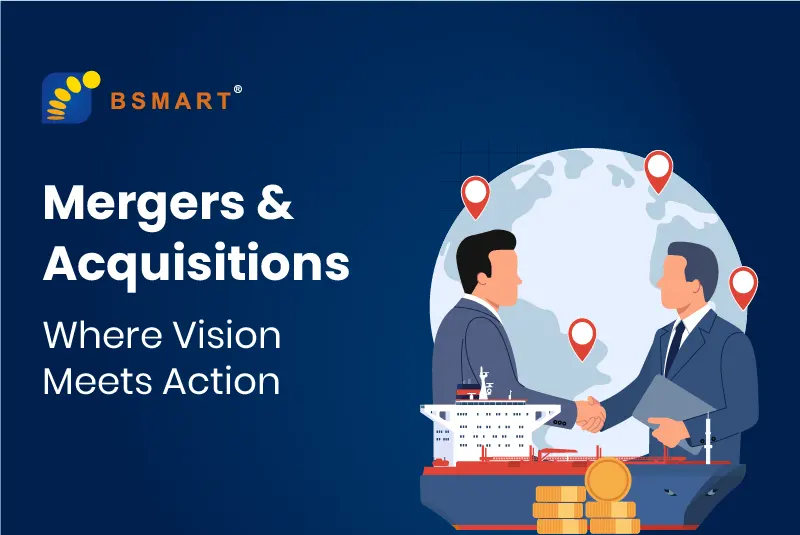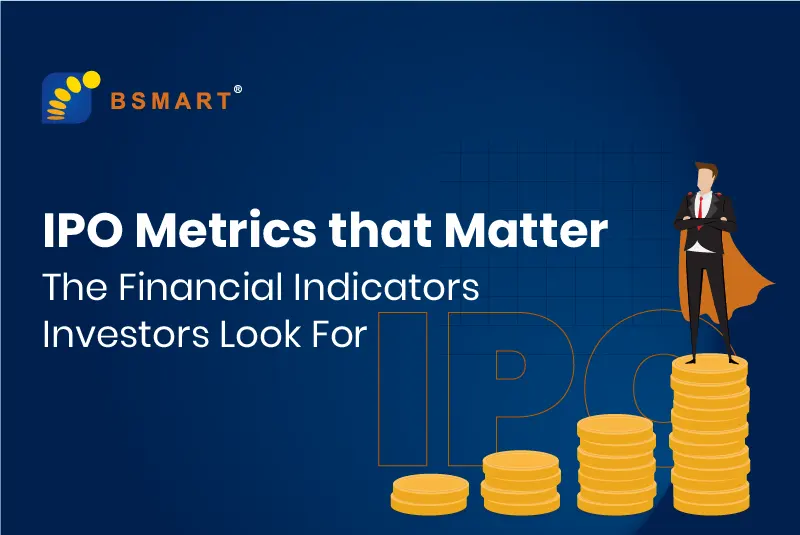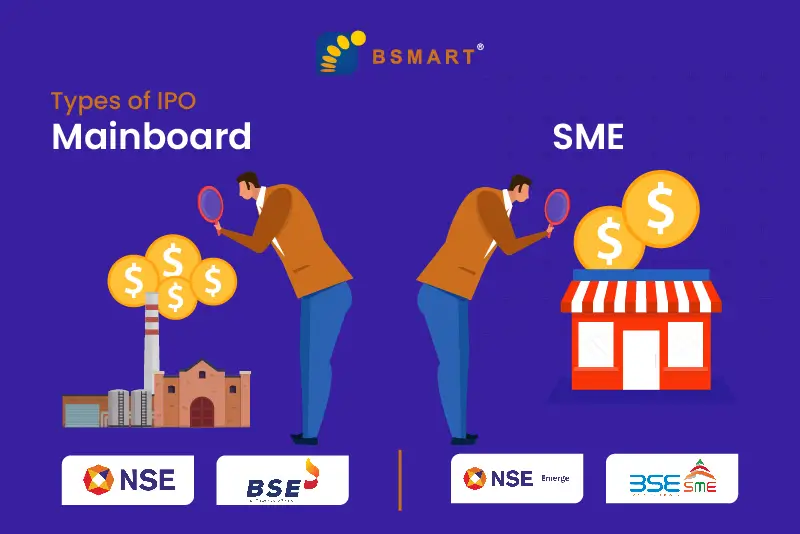Mergers and Acquisitions: Where Vision Meets Action

Picture this: two organisations standing at a crossroads. One, armed with cutting-edge technology but struggling to scale. The other, an established player with deep market roots yet searching for innovation. Alone, their challenges loom large. Together? They could rewrite the rules of their industry.
This is the essence of mergers and acquisitions (M&A)—not just a union of companies but a convergence of ambition and opportunity. It’s a strategy rooted in the belief that growth isn’t always about building from scratch but about finding the right partner to go further, faster, and smarter.
From the boardrooms of Silicon Valley to the industrial corridors of India, M&A is reshaping how businesses think about scale and sustainability. It’s not simply about consolidation; it’s about transformation.
What is a Merger?
At its core, a merger is the business equivalent of two artists collaborating on a masterpiece. It’s not about dominance or absorption but about finding harmony in shared vision and complementary strengths.
Imagine two companies merging to create a unified force—a telecom merger, like Vodafone and Idea, to tackle market disruptions together. Or, think of vertical mergers where a food manufacturer joins hands with its supplier, ensuring better quality and streamlined processes.
Yet, not all mergers are created equal:
- Horizontal mergers unite competitors to create scale and edge out rivals.
- Vertical mergers stitch together different parts of the value chain, ensuring control and efficiency.
- Conglomerate mergers break boundaries, merging unrelated industries for diversification.
But here’s the catch: a merger is only as good as its ability to balance egos, cultures, and expectations. The art of merging lies in seamless integration—where employees, operations, and visions converge without losing momentum.
What is an Acquisition?
An acquisition is like a chess move—a calculated decision where one company takes control of another, integrating its strengths to gain a competitive edge. Unlike mergers, where two organisations come together as equals, acquisitions involve one company (the acquirer) purchasing another (the target) to gain ownership and decision-making power.
The primary goal of an acquisition often lies in leveraging the target company’s assets, capabilities, or market share. This could mean acquiring innovative technology, entering a new geographic region, or simply eliminating a competitor.
For example, Walmart’s acquisition of Flipkart in 2018 was a defining moment in India’s e-commerce space. With this $16 billion deal, Walmart not only entered the Indian market but also gained access to Flipkart’s robust logistics network and customer base, helping it compete with Amazon’s dominance in the region.
Key Distinctions Between a Merger and an Acquisition
While mergers and acquisitions are often grouped under the same umbrella, they differ fundamentally in their approach and outcome:
- Equality vs. Dominance: A merger is a union of equals, where both companies dissolve their individual identities to create a new entity. An acquisition, on the other hand, involves one company absorbing another, with the acquirer retaining its identity.
- Integration vs. Control: Mergers often require cultural and operational integration. Acquisitions focus more on control, with the acquirer setting the direction post-transaction.
- Motivation: Mergers are usually collaborative, driven by shared visions. Acquisitions, though strategic, can sometimes feel like a takeover; friendly or otherwise.
The Walmart-Flipkart deal exemplifies the control-centric nature of acquisitions, whereas the Vodafone-Idea deal reflects the collaborative spirit of a merger.
Why Do Companies Pursue M&A?
At the heart of M&A lies a desire for transformation—whether it’s a leap in scale, access to new markets, or unlocking synergies that propel a business forward. Here’s a closer look at why companies invest heavily in M&A as a growth strategy:
Strategic Benefits
- Market Expansion: M&A often serves as a gateway to enter new geographies or customer segments. When Zomato acquired Uber Eats India, it expanded its market share significantly, fortifying its leadership in the food delivery space.
- Synergy: The promise of synergies, where the combined entity is more valuable than the sum of its parts; often drives M&A. Synergies can come from shared resources, reduced costs, or complementary strengths.
- Operational Efficiencies: By acquiring a supplier or distributor, companies streamline operations and reduce dependency on external players. This is evident in vertical acquisitions, such as Reliance’s takeover of multiple supply chain entities in the retail sector.
Financial Goals
- Enhanced Shareholder Value: A well-executed M&A deal often results in higher shareholder returns. The Tata Group’s acquisition of Jaguar Land Rover (JLR) in 2008, despite initial challenges, has become a success story, strengthening Tata Motors’ global footprint and increasing its valuation over time.
- Tax Benefits: In some cases, M&A helps reduce tax liabilities by leveraging the target company’s financial structure. These financial benefits make acquisitions particularly attractive in sectors with high tax burdens.
Real-World Examples
- Facebook’s Acquisition of Instagram: This deal allowed Facebook to dominate the visual content space and tap into younger demographics, a market it was struggling to capture organically.
- Byju’s Acquisitions: In the Indian edtech sector, Byju’s has strategically acquired several companies, such as Aakash Institute, to expand its offerings and solidify its position as a leader in education technology.
The M&A Process – From Start to End
Mergers and acquisitions (M&A) are transformative processes that require meticulous planning and flawless execution. Each stage plays a pivotal role in ensuring the deal achieves its intended strategic and financial outcomes.
1. Planning for Success
A successful M&A starts with a well-defined strategy. Companies must identify their objectives, whether it’s expanding their market reach, diversifying their offerings, or improving operational efficiencies. This phase involves evaluating opportunities, selecting the right target, and assembling a team of experts to guide the process.
For example, Reliance Industries’ acquisition of Hamleys was a calculated move to strategically enter the global retail market with a trusted and established brand.
2. Understanding the Details
This one’s about uncovering the full picture. Financial records, legal compliance, operational strengths, and risks are thoroughly examined. This stage ensures there are no hidden surprises that could derail the deal. In India, a strong focus is placed on regulatory compliance, such as tax and FDI laws.
3. Measuring Value
Accurate valuation is critical to determining whether the acquisition will create long-term value. Techniques like Discounted Cash Flow (DCF) assess the company’s future earning potential, while market multiples compare similar industry deals.
For instance, Walmart’s valuation of Flipkart accounted not only for its current business performance but also for its potential to dominate the rapidly growing e-commerce market in India.
4. Structuring the Deal
Negotiations are where the terms of the M&A are defined. This includes determining the purchase price, deciding the payment method (cash, stock, or a mix), and agreeing on roles and responsibilities post-deal. A well-structured agreement ensures both parties’ interests are balanced and provides contingencies for any identified risks.
5. Integrating for Impact
The true measure of an M&A’s success lies in the integration phase. This involves aligning the operations, processes, and cultures of the two companies to deliver the synergies promised during negotiations.
Tata Motors’ acquisition of Jaguar Land Rover is an example of successful integration, where focused planning turned a struggling brand into a global success.
6. Addressing the Challenges
Challenges are inevitable in any M&A deal. Regulatory hurdles, such as approvals from the Competition Commission of India, and cultural mismatches can complicate the process. Additionally, overestimating synergies or underestimating operational complexities can derail the expected benefits. Addressing these challenges proactively is key to ensuring a smooth transition.
Valuing a Company for Acquisition
Accurately valuing a company is critical to ensuring that the acquisition generates long-term returns. Overpaying for a target can strain resources, while undervaluing it can cost the buyer an opportunity.
Common Methods of Valuation
- Discounted Cash Flow (DCF):
- This method estimates the present value of a company based on its projected future cash flows. It’s especially useful for companies with stable and predictable revenue streams.
- Market Multiples:
- This approach compares the valuation of similar companies in the industry. Metrics like Price-to-Earnings (P/E) ratio or Enterprise Value-to-EBITDA are used to benchmark the target.
- Asset-Based Valuation:
- This method focuses on the value of the company’s tangible and intangible assets, which is common in manufacturing-heavy industries.
Factors Influencing Valuation in the Indian Context
- Market Potential: India’s diverse and growing consumer base significantly influences valuations. For example, startups in fintech or edtech often secure high valuations due to their scalability.
- Regulatory Environment: Compliance with Indian laws, such as tax laws and foreign direct investment (FDI) norms, can impact valuation.
- Synergies with the Acquirer: The value derived from combining operations or resources often justifies a premium price.
A good example is Zomato’s acquisition of Uber Eats India, where the valuation considered not just the revenue but also the additional market share and customer base that Zomato gained.
Conclusion: Redefining Possibilities
Mergers and acquisitions are where business ambition meets opportunity. They represent a chance to not only adapt to change but to drive it, creating new pathways for growth and innovation.
Each deal is unique, shaped by the objectives of those involved and the challenges they’re willing to overcome. Whether it’s achieving operational synergies, expanding market reach, or redefining a brand’s potential, M&A is as much about foresight as it is about action.
In the end, successful M&A isn’t just about what companies acquire -it’s about how they evolve.





